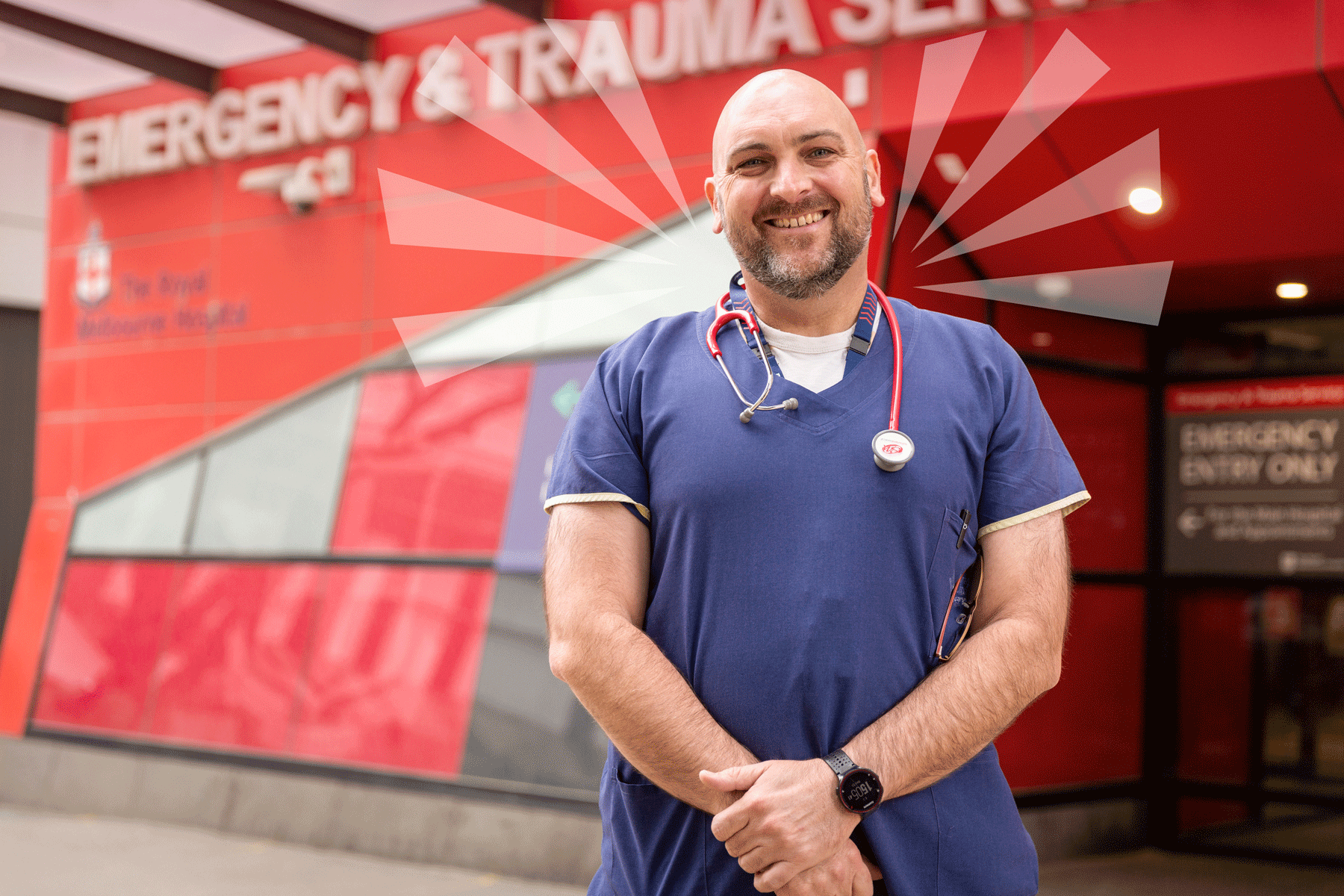About
How we run our projects


We use an internationally proven improvement approach.
The Model for Improvement is a rigorous, evidence-based way to measure, test, track and sustain improvement. Each project follows roughly the same steps, with our large-scale improvement efforts running for 12 to 18 months.
1. Select a topic
Key stakeholders in the chosen area of healthcare and quality and safety improvement define the topic area for improvement for the project.
2. Set up an expert working group
A group of subject matter experts, including people with lived experience, health system leaders, clinicians, and improvement specialists are recruited to assist the project team to design the project. This group develops the overall aim of the project, the theory of change and the measurement strategy.
3. Establish project team
Health service teams, comprised of clinicians, consumers and senior sponsors, are recruited (usually through expressions of interest) to join the improvement effort. We select applicants who are supported, ready to work and know they have an opportunity to improve.
4. Onboard project team
Project team members meet for an overview of the project, including expectations, key milestones and an introduction to the improvement methodology which will support their efforts.
5. Collect benchmark data
Using the measurement strategy developed by the expert working group, project teams gather data to understand their system’s current performance, forming a baseline to measure improvement against.
6. Learning sessions
During the learning sessions, the teams from separate organisations come together to share ideas and experiences, build clinical and improvement knowledge, learn from one another and plan changes.
7. Action periods
During action periods the teams test and adapt changes learning about what changes lead to consistent, reliable practice in their local context.
8. And repeat
Projects take learnings from the action period to a second learning session. This cycle can repeat up to three times. Teams build from testing to implementing, continuously learning from their work, connecting to foster an ‘all teach, all learn’ ethos, and working towards sustainable improvement.
9. Publish outcomes
The project team shares learnings through a change package and toolkit that other healthcare services can use to undertake improvement work in their own service.
Our improvement approach
We use the Model for Improvement, developed by the Associates for Process Improvement.
It’s based on improvement science and emphasises iterative testing, implementing, spreading and scaling to learn what changes and which contexts produce improvement.
The model takes a simple but effective approach to learning and change, asking project teams to answer three questions that guide improvement:
- What are we trying to accomplish?
- How will we know that a change is an improvement?
- What changes can we make that will result in improvement?
This helps teams develop a deep understanding of their system, the problem they are trying to solve and their theory of improvement.
The change ideas are then tested through successive Plan-Do-Study-Act (PDSA) cycles to learn how effective the changes are in contributing to the outcomes:
Plan – develop a plan to test the change
Do – carry out the test
Study – observe and learn from the consequences
Act – make modifications to the test.
Each project provides an opportunity for healthcare workers and consumers to learn more about undertaking effective improvement efforts, allowing us to build a network of experts who can expand the work across Victoria.
Building capability
How do we work with health services on improvement efforts?
Safer Care Victoria uses the IHI Breakthrough Series (BTS) Collaborative approach as a model for working in partnership with health services to improve quality and safety.
The BTS Collaborative structure is designed to foster an ‘all teach, all learn’ environment, where services, clinicians and consumers learn from one another and topic experts.
Collaborative work is driven by this learning, evidence and data, and may include ten to twenty-five organisations working together for six to eighteen months.
Each project provides an opportunity for healthcare workers and consumers to learn more about undertaking effective improvement efforts, allowing us to build a network of experts who can expand the work across Victoria.

